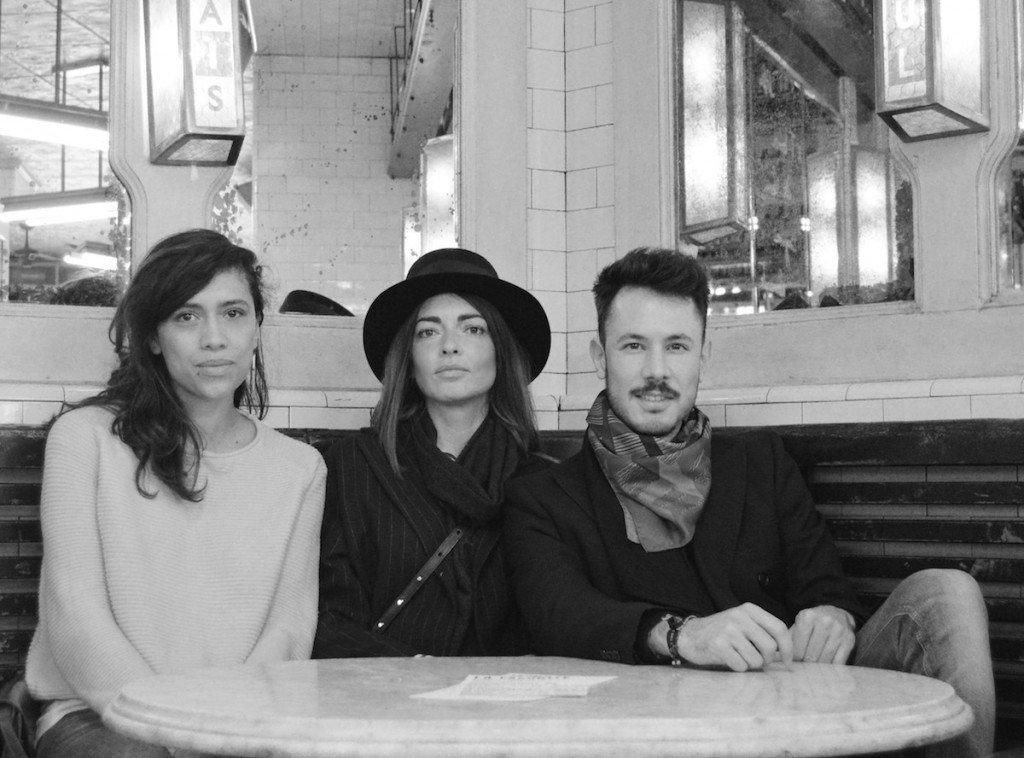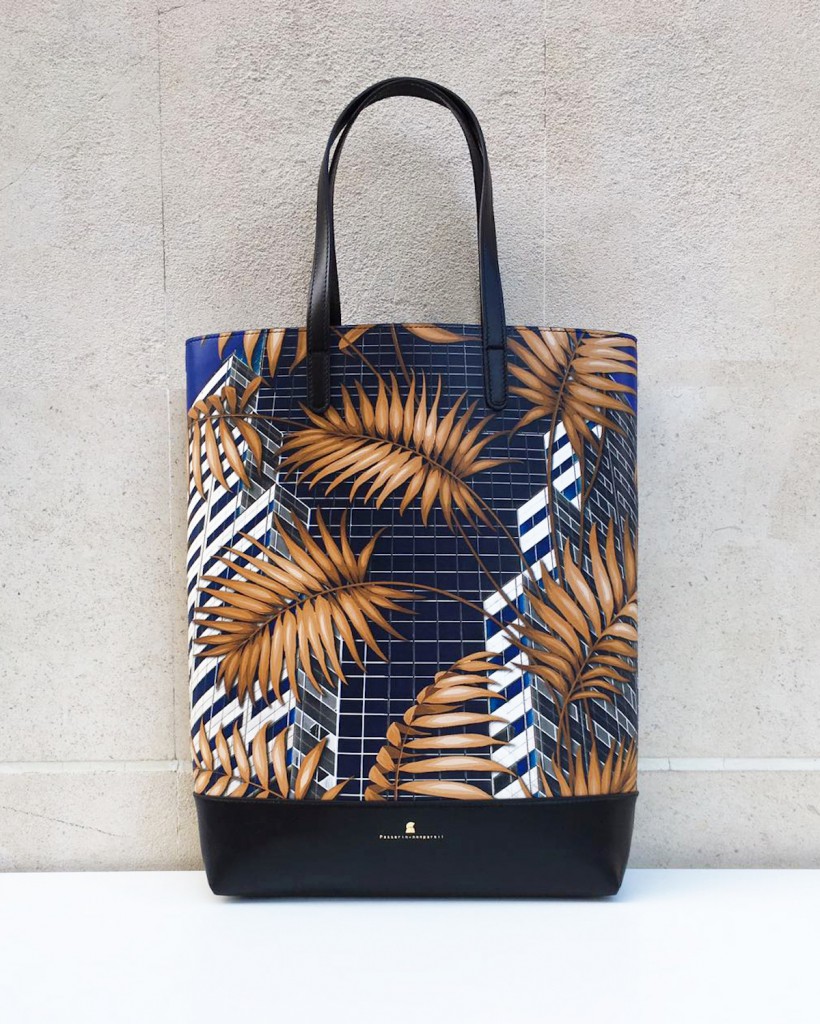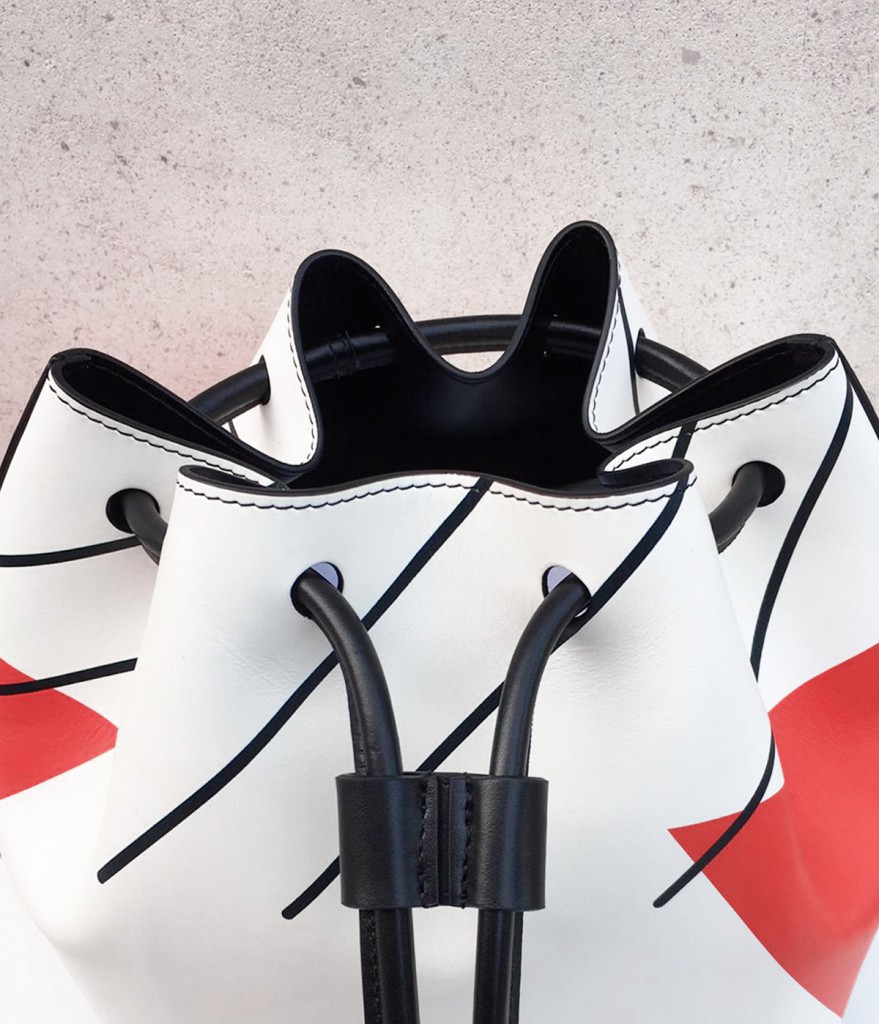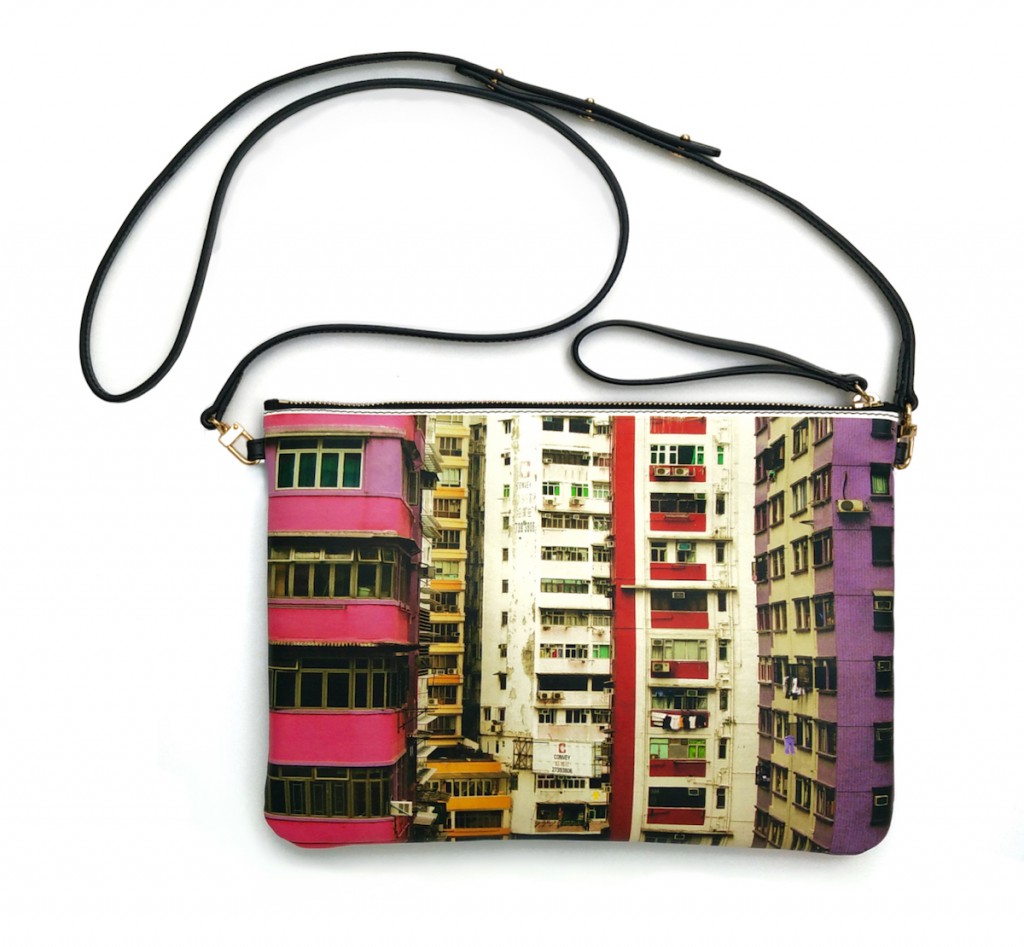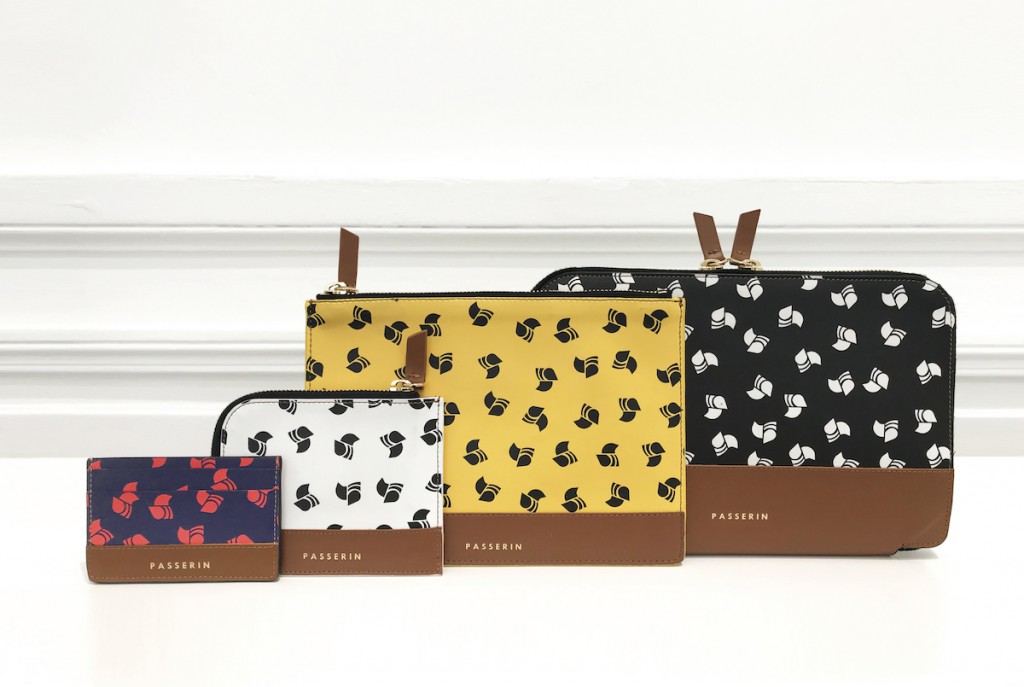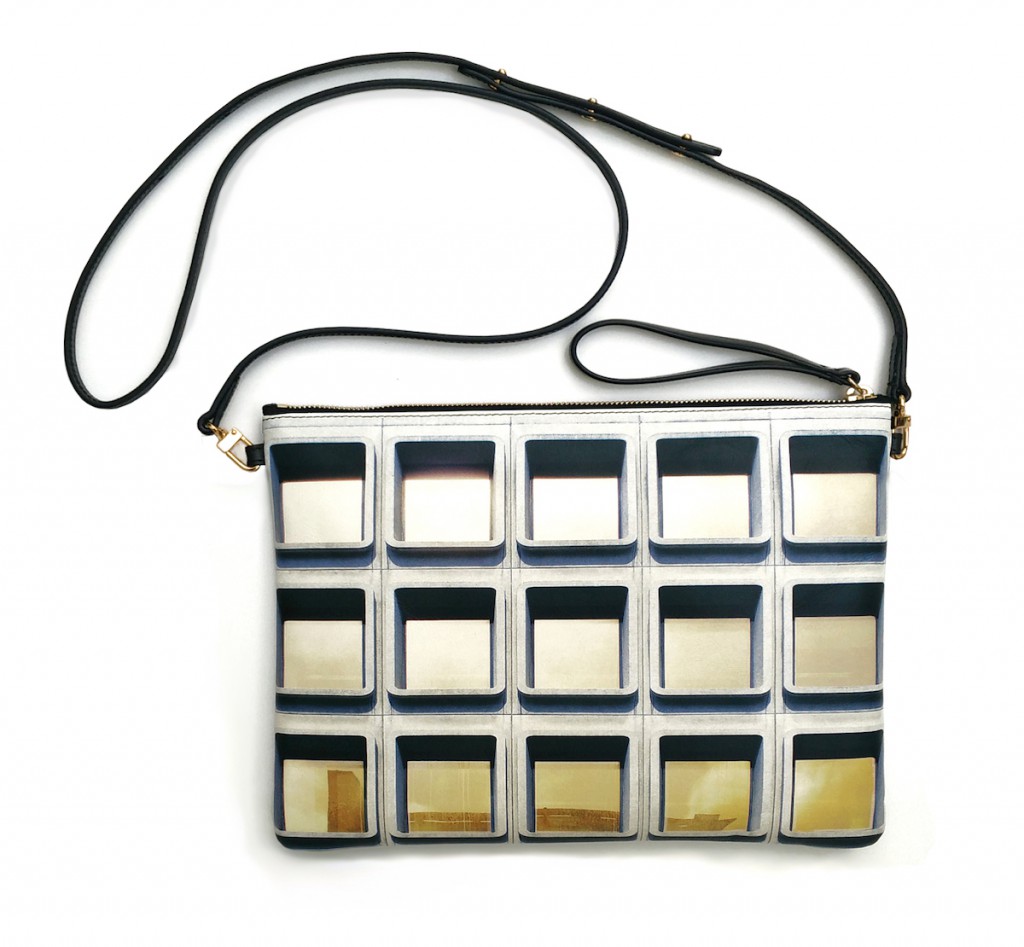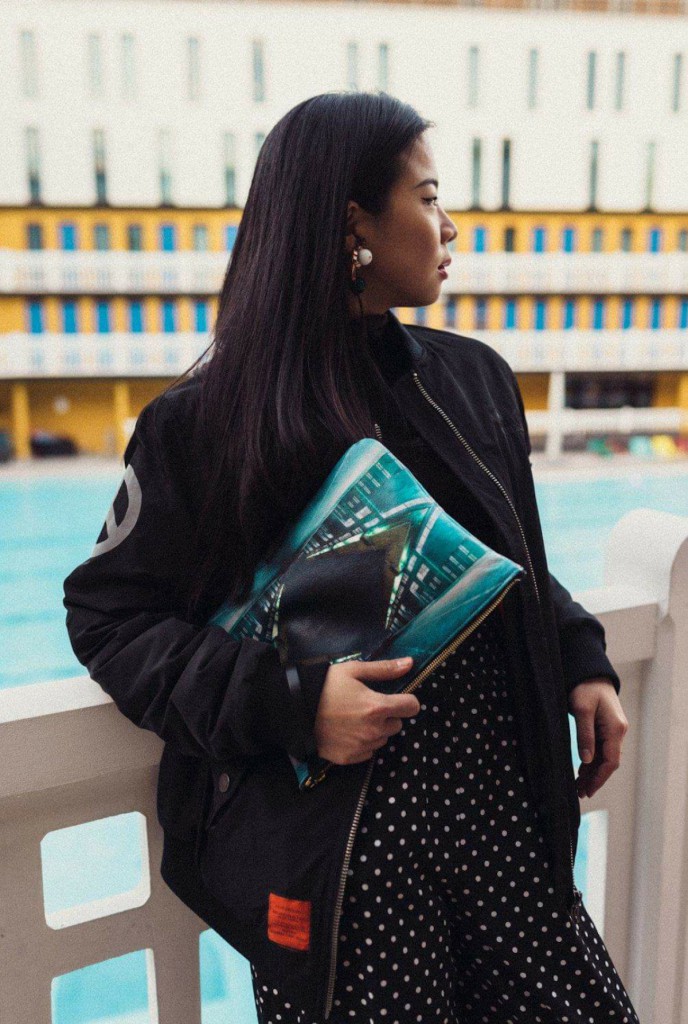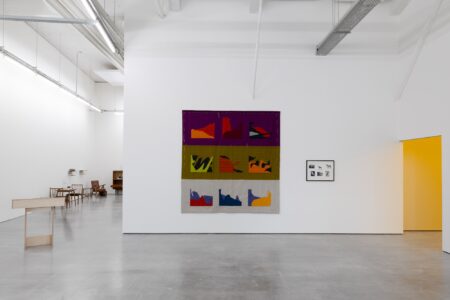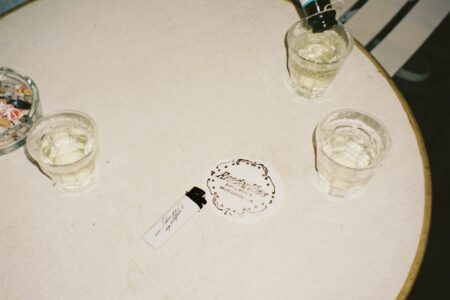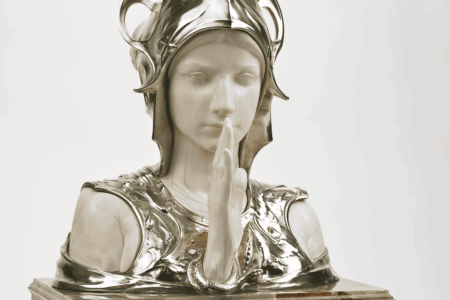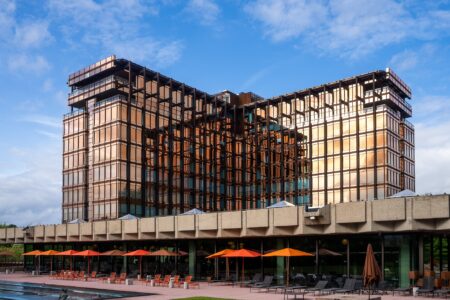
Passerin: Birds of a Feather
The founders of Passerin-nonpareil, a Brussels-based brand, create luxury accessories steeped in architectural principles
Three years after first launching their brand, Passerin-nonpareil, architects Adrián Cruz Chávez and Carolina Jiménez, and engineering manager and Francesca Neri – a trio originating from Mexico, Colombia and Italy – have simplified its name and upgraded its offer. We met in Brussels with Adrián, the collective’s creative spirit.
TLmag: Why give your brand the name of this brightly-coloured bird?
Adrián Cruz Chávez: Francesca, Caroline and I met in Italy during our studies. At the time, I was already working on a fashion project, through my drawings. When I arrived in Belgium to work as an architect and I began thinking about the possibility of creating a label, I contacted Carolina and Francesca to suggest that they take the plunge with me. They following me into this project which, from the outset, had an international dimension. Passerin nonpareil, the French name for the Latin American Painted Bunting, which was discovered by a French scientist, seemed to perfectly embody the cosmopolitan dimension of the brand.
TLmag: You recently decided to take a gamble on a new identity. Why?
ACC: We simplified the name of the label. Passerin is easier to remember. That said, many people continue to use the longer name, probably because, despite its length, it has a certain poetry.
TLmag: While printed images play a large role in your work, so does product design. How are these developed?
ACC: Originally, we launched a series of clutches in vegetable-tanned lambskin. The idea was to create interchangeable flaps on which we would print architecturally inspired photos. We wanted people to be able to appropriate and personalise the accessories. Very quickly, the printed images took on more and more importance. Today, they are not only printed on the flap, but on the entire surface of the bags and clutches.
TLmag: Architecture is your main source of inspiration, but it is not the only one.
ACC: Architecture is always the base. This theme allows us to play with shapes, volumes and proportions. Our first line was comprised of photos of architectural elements taken by Francesca. In the second stage, we created printed images, such as City Jungle, a pattern in the Palm City line, which mixes architecture and nature. Then we wanted to offer a second, more geometric, line, which combines graphical elements used by architects when developing their own projects. For the Spring/Summer 2018 collection, we introduced Happy, a third line centred on our own monogram – a stylised bird – available in five colours. It is displayed on a tote, but also on the small leather goods.
TLmag: You talk a lot about quality, creativity and technical sophistication. But beyond the words, how are these values made tangible?
ACC: Finding a leather that gives a perfect rendering for the digital printing required us to do a lot of research. The raw material comes from Tuscany and the production is carried out in a workshop in Veneto – the first that succeeded in printing on the leather with the degree of precision we wanted. Francesca, who is based in Italy, oversees the production. We are always searching for new ideas to make an accessory that is essentially quite simple into a highly finished product. The leather cord of our backpacks – which can also be worn as bucket bags – also required a lot of work.
TLmag: Your brand is strongly oriented on travel, but also on a zest for life. Would you say it is intended for an Arty and nomadic audience?
ACC: Our products are sold in 14 countries and around 22 concept stores, some of which are in museum shops such as the Bauhaus Centre in Tel Aviv and the Centre Pompidou in Paris. Our products gratify a cosmopolitan audience that lives or travels in the major world cities. In Australia and Korea, Passerin is very popular.
TLmag: You are based in Brussels. How do you see the city, in terms of inspiration, in particular?
ACC: Compared to Florence, where I studied, Brussels is more open to the world. You meet people from everywhere. It’s very stimulating. While the architecture is rather disparate, it is still engaging. The photo that was the basis of one of our first printed items – a bestseller of the brand – was taken on the rue des Lombards. I had been living on that street for two or three years when Francesca took a photograph of a building I had never even noticed. That is also the magic of Brussels.
TLmag: In terms of entrepreneurship, is Brussels a stimulating city?
ACC: Through its regional aid as well as entities such as WBDM, Brussels provides enormous support to young designers. Much more than other European cities. I have received various assistance to create my company, build my business plan, participate in my first tradeshows, etc.
TLmag: Do you, like a growing number of brands, disassociate yourself from the ephemeral aspect of collections by opting for perennial products or patterns in your collections?
ACC: When we created our first printed items, we realised that they were ultimately very classic, and that it would be a shame to abandon them after a single season. To renew ourselves, we preferred to create several lines, including the one with our monogram. For this third line, we have used a waterproof material that offers a smoother rendering. This surface is perfectly adapted to our small leather goods.
TLmag: Your product displays international ambitions. What is your strategy on this level?
ACC: The first season, we focussed very clearly – thanks to the support of WBDM and Bruxelles Invest & Export – on international tradeshows such as Première Classe in Paris. But over the years, we have seen an increasingly marked disinterest on the part of purchasers for this type of event. Today, the boutiques and purchasing platforms do their work on social networks. We have to adapt to this new reality.
TLmag: What are your projects and goals in the short-, medium- and long-term?
ACC: The market is changing, and so are the strategies of the boutiques. Today, our clients are looking for more niche products. We have adapted our offer by proposing exclusive accessories. This type of collaboration allows us to offer different products in the boutiques and museums, and in our e-shop. To reach these buyers, but also the press and consumers in general, we must boost our visibility on social media, as well. Even if, for a small structure like ours, this is a real challenge, Instagram is a global business in which we must absolutely participate.
